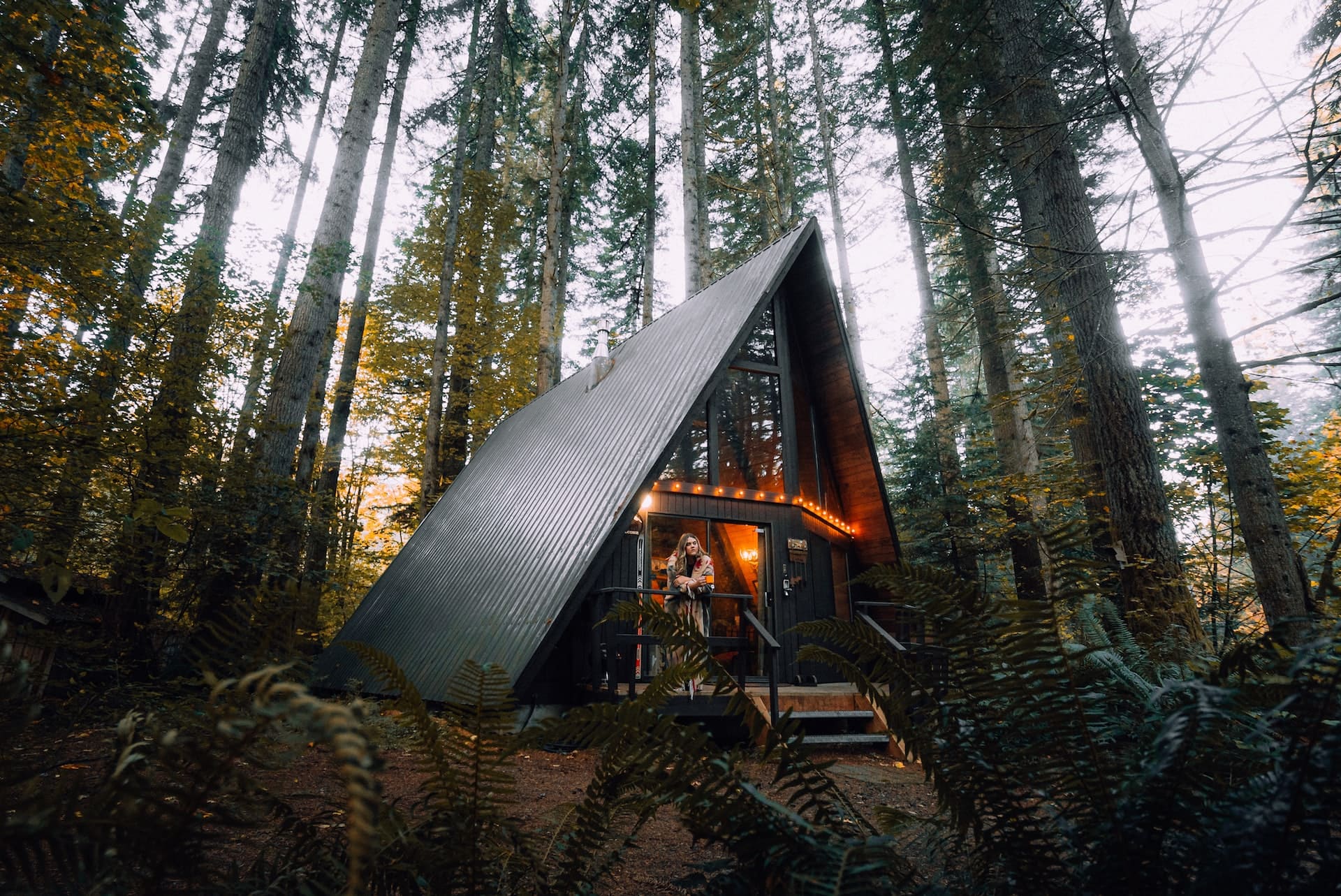How Do You Evaluate New Product Features Correctly?

Top 10 Questions to Ask When Launching a New Product
1. What is the User Need?
Ask: "What specific pain points or challenges are our users facing that this feature aims to address?"
2. Why is It Important to Solve?
3. What are the Expected Solutions?
4. What are the Unexpected Solutions?
Ask: "What are some out-of-the-box solutions we could explore for this user need?"
5. What are the Known Pros/Cons of Each?

6. What do We Still Not Know?
Ask: "What are the key unknowns we need to address before we can fully evaluate and launch this feature?"
7. How Do We Make it Known?
Ask: "How can we ensure that all relevant teams and stakeholders are informed and have the necessary information to support the development of this feature?"
8. What are the Risks?
Ask: "What are the potential risks associated with this feature, and how can we mitigate them?"
9. How will We Mitigate the Risks?
Ask: "What are our plans for mitigating the identified risks associated with this feature?"
10. How Will We Assess Progress & Results?
Ask: "What metrics and KPIs will we use to assess the success of this feature, and how will we track and measure progress over time?"
Final Thoughts
By enrolling in online classes with Maven, individuals can master how to evaluate product features examples correctly.
Maven's courses provide a supportive learning environment that enables students to apply these concepts and techniques in real-world settings, preparing them to become skilled and effective product managers.
Related Courses
Describing the ROI of Design
Articulate & demonstrate the value of your Design work in a way that business stakeholders understand, appreciate, and reward.
Product Storytelling: Pitch & Build 0-1 Products at Your Company
Learn to build conviction, generate internal momentum, tell powerful stories, build and sell an impactful product vision.
Improving Your Product Sense
Learn how to increase your odds of product success (and career success) by building the skill of making more correct product decisions.
Uplevel Your Product Thinking
Frameworks to evaluate markets & come up with compelling solutions. Applied to 10 product themes! 🔥 500 students 🔥
Product Strategy for Designers
Advocate for your ideas, influence product and step up your design career.
Data Informed Design: Get your team to build better products with data
Design Better Products Faster, Show how your Design Decisions Impact Business Outcomes, and Showcase Your Design Impact to Employers
You might also like

Product Lead: Owning the Product Vision

The Product Virality Playbook: Key Components for Exponential Growth

The Art of Product Positioning: Lessons from Airbnb

